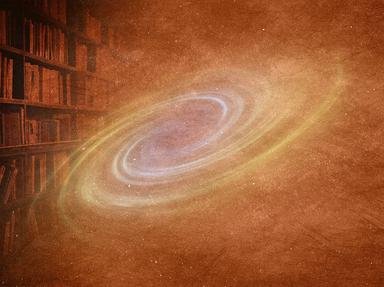Quiz Answer Key and Fun Facts
1. Alexander Fleming was a Scottish bacteriologist who was known for his discovery of penicillin. He made this amazing discovery in 1928 by luck. He noticed that the colony of staphylococcus that was accidentally contaminated with a type of fungus known as Penicillium notatum was destroyed. What exactly was this staphylococcus?
2. Charles Goodyear was famous for his vulcanization process that he discovered accidentally in 1839. He was surprised to find that when rubber was mixed with a special element in powder form, the rubber produced had better properties than the common rubber, namely more elastic and durable. What was this special element?
3. Bernard Courtois was a French chemist who was best remembered for his discovery of one of the halogens. He made his fortuitous discovery when he accidentally added in too much sulfuric acid to a mixture to treat the unwanted sulfur residue. As a result, he noticed that a violet vapor was produced, which, when left to cool at room temperature, left a solid element of violet-gray color. What had he discovered?
4. Henri Victor Regnault was a French thermodynamicist who was noted for the discovery of PVC. The incident took place in 1835 when he accidentally left a flask of colorless solution under sunlight. He returned several hours later, only to find that there was white solid formed in the flask. The solid was none other than the ever-useful PVC. What does PVC stand for?
5. Louis Daguerre was a celebrated chemist who was synonymous with his photography works. He brought along his camera obscura to capture different scenarios to help him in his paintings. However, the latent image produced from the chemical reaction between argentum and iodine was not practical - the photos took a long time to be developed. It was not until some liquid from a broken thermometer in his closet spilled on one of his photographs that he discovered a faster way to develop the photos. What was the liquid?
6. Wilhelm Roentgen was a German physicist who was also the first recipient of the prestigious Nobel Prize for Physics in 1901. He was awarded the prize for his discovery of a type of rays in the electromagnetic spectrum by accident. If the cardboard he used in his experiment was not painted with barium platinocyanide, he would not have discovered these rays. What rays did he discover?
7. Henri Becquerel was a renowned chemist who had contributed greatly in the field of radioactivity. In 1896, he was performing some experiments on some phosphorescent substances. It happened that one of the phosphorescent crystals that he used contained a small amount of a radioactive element that led him to the discovery of radioactivity. What was the element?
8. Sydney Ringer was a British pharmacologist who was most often associated with his Ringer's solution that was used primarily for intravenous (IV) administration purpose. He found that when a pure sodium chloride solution was mixed with two other elements in aqueous form, the solution produced would prolong the heartbeat of a dead frog's heart. These two elements were located next to each other on the periodic table of chemical elements. What were the two elements?
9. Albert Hoffmann was a Swiss chemist who was credited for the discovery and synthesis of LSD. He discovered the magical effect and property of this LSD drug when the chemical substance accidentally entered his body through his fingertips. After a night of hallucination, he was sure that something from his laboratory was responsible for the effect. It was not long before he found the culprit - the newly synthesized LSD. What does LSD stand for?
10. Edward Jenner was undeniably one of the greatest scientists of all time. His discovery of the smallpox vaccine earned him the title of the Father of Immunology. From his observation, he found that a person who contracted a kind of disease would never contract smallpox. He proved his hypothesis by performing an experiment on a farm boy. What was the disease?
Source: Author
Matthew_07
This quiz was reviewed by FunTrivia editor
crisw before going online.
Any errors found in FunTrivia content are routinely corrected through our feedback system.

